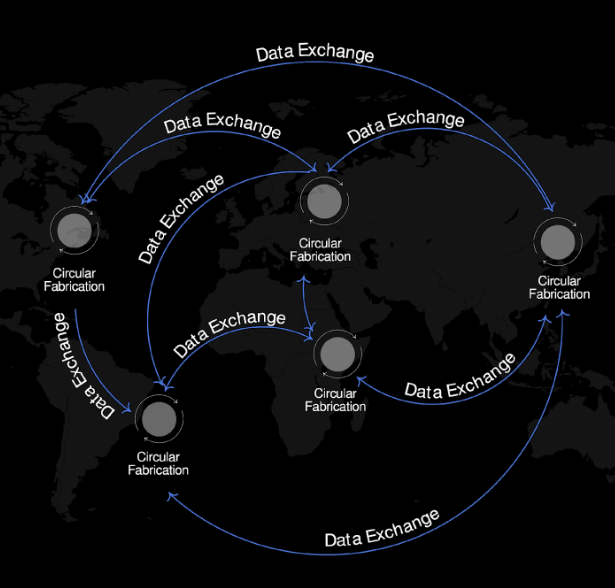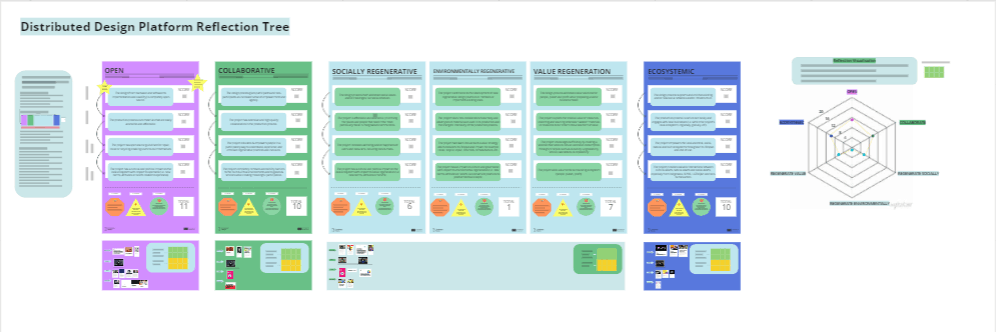What are the key takeaways from the activity?
I find the principles of Distributed Design very inspiring. The idea of globally shared knowledge that is materialised locally has enormous potential for a more sustainable and circular economy. It also democratises knowledge by giving access to people who would not otherwise be able to benefit from it. However, in a world where creativity and innovation should be rewarded to be stimulated, it is important that content and knowledge producers get recognised for their work, even when open source.
Distributed design is also centered on designing with values. In this seminar, we explored a set of different values through which designers can be as inclusive, environmentally and socially sustainable as possible: being open source, collaborative, socially regenerative, environmentally regenerative, ecosystemic and regenerating value. Through the "Reflection-Tree" tool we reflected on the values that we uphold through our design practice and how we could further implement them.

